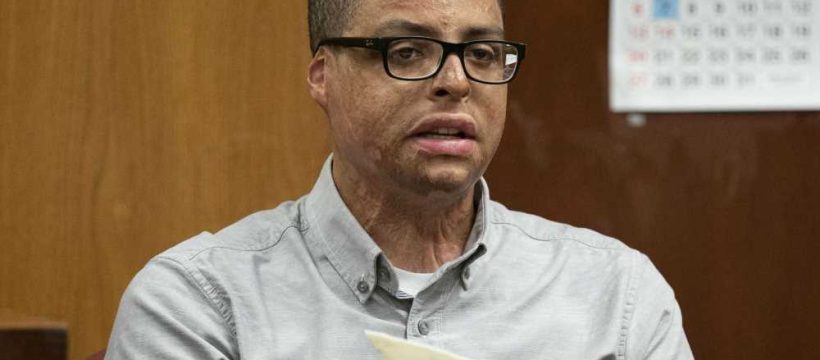The city wants to avoid paying the almost $60 million it owes to a Beacon High School student who was badly burned in a chemistry experiment gone awry — by arguing he wasn’t nearly as disfigured as other accident victims who have received smaller payouts, according to new court papers.
A Manhattan jury reached a July 1 verdict in favor of Alonzo Yanes, who was 16 years old on Jan. 2, 2014 when his chemistry teacher Anna Poole conducted a “Rainbow Experiment” that erupted in a fireball, burning Yanes and another student.
City lawyer Kathleen Beck argued in new Manhattan Supreme Court papers filed late Wednesday that awards granted to Yanes for past and future suffering totaling $59 million should be tossed out or renegotiated, because the payday is much higher than verdicts in other similar cases in New York.
The papers note that Christopher Peat — who had burns over 50 percent of his body after a stove pilot accident — received the highest jury verdict in the appellate division’s First Department, totaling $16 million for past and future pain and suffering. Peat received another $2.2 million for future surgeries.
“Given that judicial precedent, the $29,585,000 verdict for past pain and suffering for Mr. Yanes must certainly be seen as materially deviating from what would be reasonable compensation,” the court papers say, referring to one of two jury awards totaling $59 million.
Yanes — who suffered third-degree burns over 31 percent of his body — “had 20% less of his body affected; was hospitalized for less time; underwent fewer surgeries; underwent less time in rehabilitation; had no true infection; and required treatment with one antibiotic for only four days,” Beck wrote in the papers.
Yanes, now 21, spent painful months recovering in hospitals including undergoing skin grafting to his face, neck, arms and hands and loosing his ears, according to trial testimony. He has disfiguring scars on his face and body and has lost the ability to sweat and feel in the burned areas, a doctor testified.
Yanes’ lawyer, Ben Rubinowitz, told The Post that Yanes and Peat’s cases are very different, especially given that Peat was 37 at the time of the incident — more than twice the age of Yanes when he was burned.
“The city’s attempt to compare this to another case where somebody was in their mid-30s is not a fair analogy because this young boy lost his face in something that never should have happened.
“He has much longer time during which he has to suffer through this disfiguring injury,” Rubinowitz said.
“There is no treatment that can make this better or cure the condition. The numbers are reasonable. We are hopeful that the court in its wisdom will see that the pain and suffering in this case far exceeds that of other cases,” the lawyer added.
Source: Read Full Article
